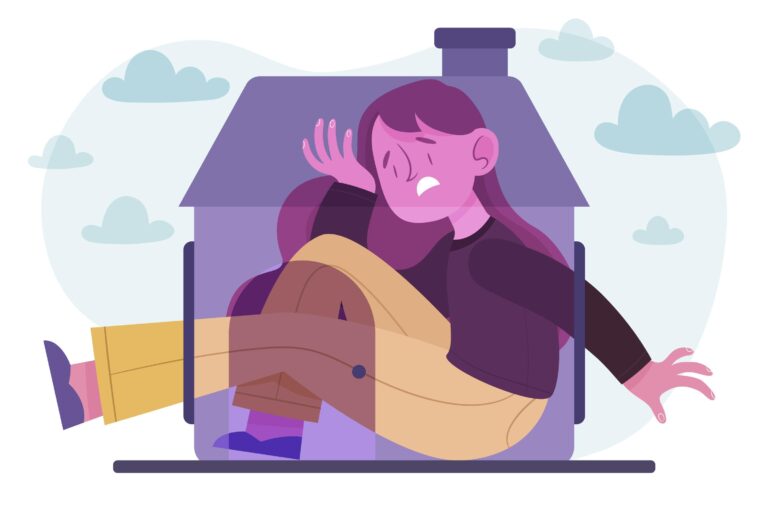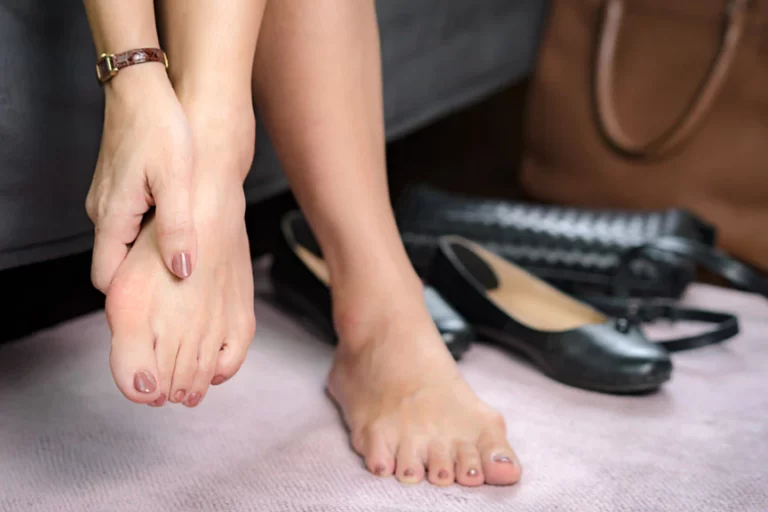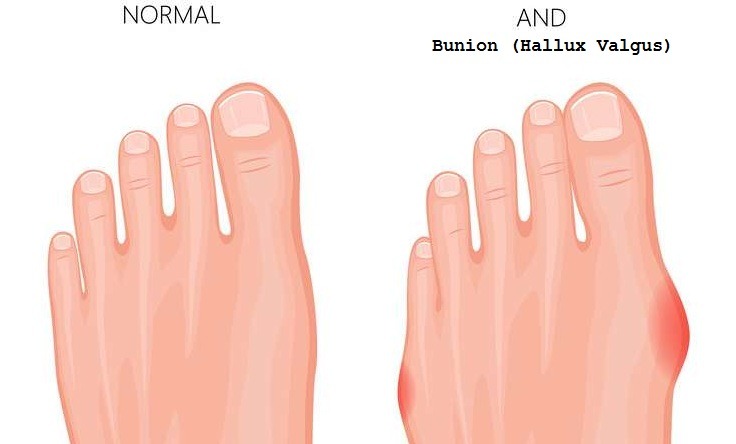The hip joint, which consists of a ball and socket, is the area where the thigh bone and pelvic bone meet. Fractures that occur near the joint area in the upper part of the thigh bone are called hip fractures.
Patients with advanced age and bone structure suitable for osteoporosis are at risk due to hip fractures. In elderly patients, falls and loss of balance in the home frequently, and in young patients, traumas such as a traffic accidents or falling from a high area cause hip fractures.
Patients consult a physician with intense pain in the hip and groin area after trauma and with difficulty in walking. In case of fracture, patients also experience complaints such as the foot sticking outward, shortness in the broken leg and painful hip movement.
The definite diagnosis of patients with hip fractures is made with the help of C-rays and in suspicious cases, with the help of MRI. After the diagnosis, the treatment of the fracture is planned individually, by taking into account the type, location of the fracture and age and daily life of the patient. If the patient is not suitable for surgical treatment or if there is an interlocking cartilage structure, bed rest is recommended and the patient is closely monitored with regular X-rays.
On the other hand, there are two main options in surgical treatment. Hip dislocation is fixed with a nail in patients who are young and have good bone quality, as well as patients of advanced age who have active movement during the day. This method is based on healing the patient’s fractured tissue. After the treatment, full weight should not be put on the operated leg until the fracture knits.
Joint prosthesis surgeries are preferred in patients with advanced age, since the knitting of the fractured bone may be problematic. During the surgery, the damaged joint is removed and replaced with a new artificial.
After the surgery, patients can be discharged from the hospital in a short time and can stand up in the early period. However, putting the full load on the foot depends on the patient’s condition. It is necessary to start exercising and use anti-coagulants in order to prevent muscle weakness.








